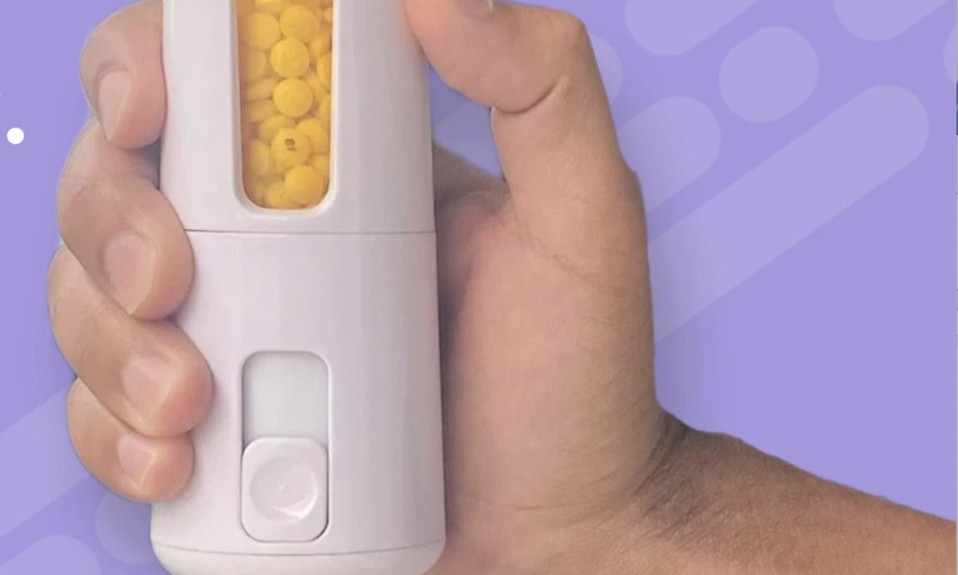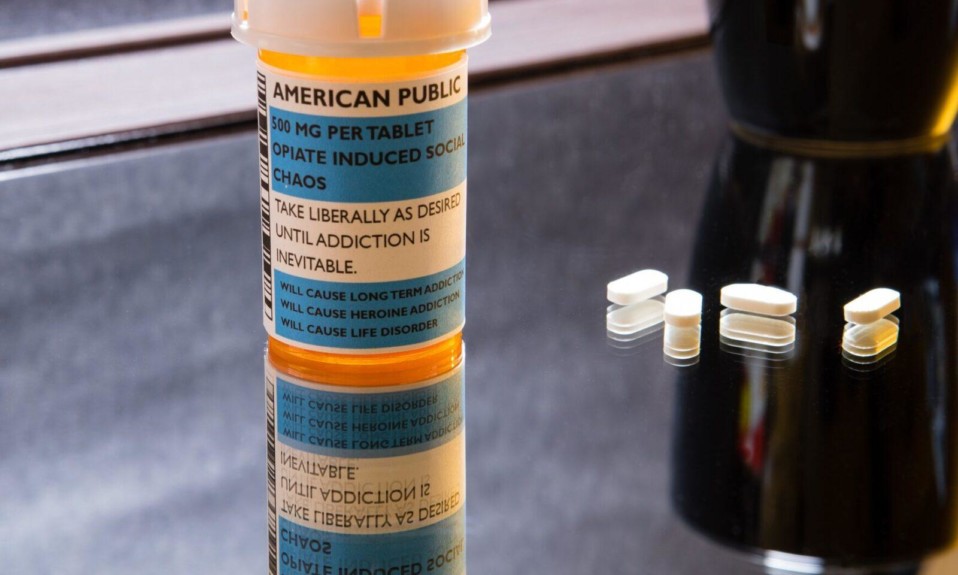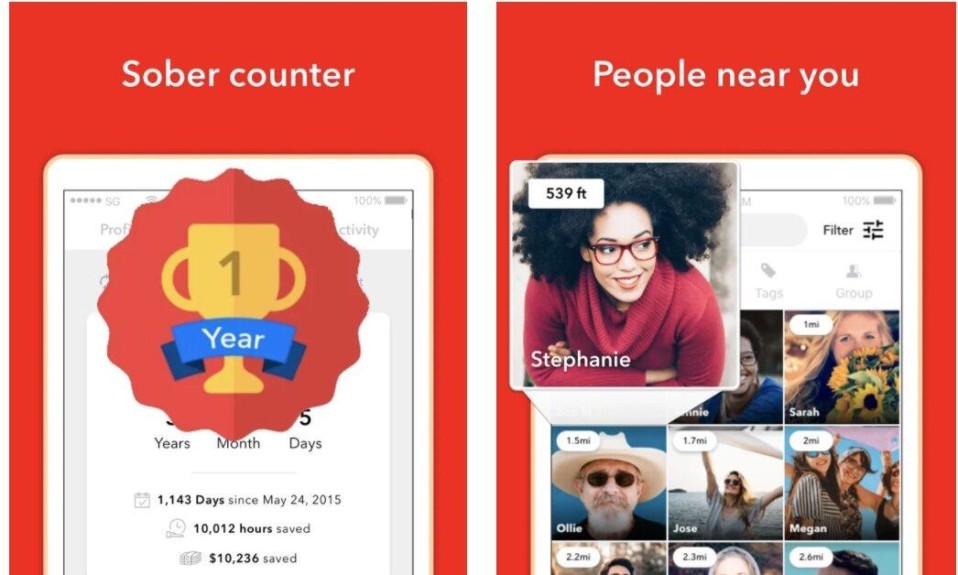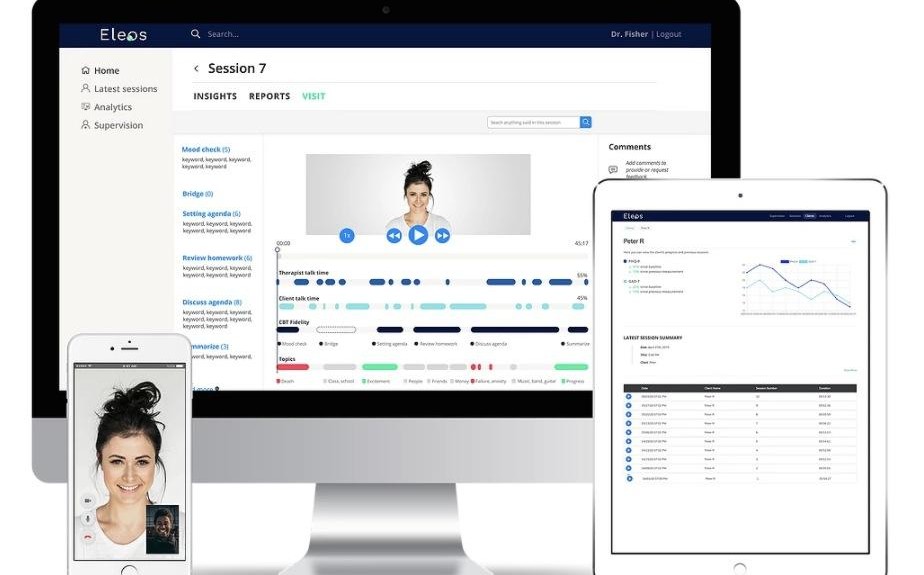Wireless medication-dispenser tech triggers alerts when accessed outside prescribed doses
By Jason Langendorf
November 19, 2020A few years ago, as a student volunteer at a North Carolina addiction treatment facility, Yossuf Al-Banawi saw the ravages of opioid use disorder. But they didn’t come as a shock to him. He’d already experienced them firsthand.
Al-Banawi’s brush with opioids as a teenager was relatively brief but profoundly formative. He says he was lucky enough to have received early intervention from his mother, which inspired him. It motivated him, as a student at Wake Forest, to volunteer at that rehab center. Later, as a budding entrepreneur, it drove him to create an opioid tech recovery tech company and product that he hopes will serve as an intervention for others in need.

Pilleve, a company co-founded by Al-Banawi (chief executive oficer) and Gautam Chebrolu (chief technology officer), is a Washington, D.C.-based startup that has designed an eponymous “end-to-end system for the remote monitoring of controlled medications.” How it works: Pilleve is a modular pill dispenser that wirelessly tracks opioid medication use, sending real-time alerts to both the physician and patient when a prescribed dosage is exceeded or the device is tampered with.
Opioids continue to be favored by many physicians as an effective medication for pain management, but their status as a legal drug, ease of access and highly addictive properties have combined to fuel a nationwide epidemic.
Pilleve, Al-Banawi believes, can help mitigate some of the risk surrounding prescription and use of the medication. “While I was working at the treatment center, I realized that so many people that became addicted, or who had issues with addiction, started misusing prescription pills,” says Al-Banawi.
“And that’s when I realized there wasn’t a way to identify at-risk patients earlier on and find a way to intervene. [I realized] just how lucky I was: I wanted to ensure every other person had that ability.”
Pilleve’s premise is simple but fundamental: Get help to an at-risk patient sooner. The device and app are built to do just that. After a physician writes and submits a prescription, the attending pharmacist fills the standard bottle with the medication, but replaces its cap with a special Pilleve device that screws and locks on top. To connect the dispenser to the system platform, a patient downloads the Pilleve app and scans a QR code. And by entering their pain levels in the app, this patient then gives the physician additional information to help manage their case.
I realized there wasn’t a way to identify at-risk patients earlier on and find a way to intervene. [I realized] just how lucky I was: I wanted to ensure every other person had that ability.”—Yossuf Al-Banawi, CEO, Pilleve
Al-Banawi emphasizes that Pilleve is not a policing device, but an “antenna system” that helps build trust and accountability for all those involved in a patient’s care plan.
![“I realized that there wasn’t a way to identify at-risk patients earlier on and find a way to intervene. [I realized] just how lucky I was: I wanted to ensure that every other person had that ability.”—Yossuf Al-Banawi, CEO, Pilleve](https://treatmentmagazine.com/wp-content/uploads/2020/11/Pilleve-164x300.jpg)
“The provider, the pharmacist and the patient—each and every one of their needs has to be met in order for a device like our system to scale,” Al-Banawi says. “And so the experience for each stakeholder has to be second to none.”
Early adopter providers are mostly pain-practices and surgical centers across four states. Al-Banawi says they are reimbursed for using the system via remote patient monitoring (RPM) codes. Physicians are connected to the Pilleve system but see patients and write scripts no differently than before. Pharmacists simply swap out pill bottle caps for the Pilleve device, which is delivered directly to participating pharmacies by Al-Banawi’s supplier. Patients are able to review data related to their prescription in Pilleve’s opioid tech recovery user-friendly app, but the process of accessing their medication is unchanged.
With a patient’s buy-in, Pilleve has the capability to warn caregivers of aberrant opioids use and potential risk earlier in the prescription cycle without upending the current treatment processes. No additional training or steps are required. The system is designed to be a seamless addition to the provider-patient relationship, while at the same time enhancing it. Information that leads to timely opioid tech recovery interventions, Al-Banawi says, is the key.
“If you don’t have the data, if you don’t have the information, you can’t act on it,” Al-Banawi says. “We believe we can basically shrink that response time dramatically.”
TreatmentMagazine.com’s guide to Opioid use













